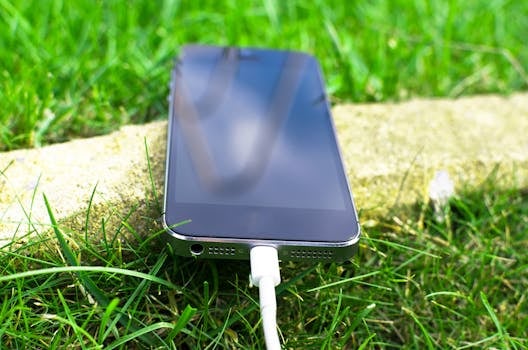Magnetic Roads: Wireless Charging Goes Mainstream
The world of technology is constantly evolving and new advancements are being made every day. One of the latest innovations that is making waves in the tech industry is wireless charging. But the latest development in this sector is the introduction of magnetic roads, which is taking wireless charging to a whole new level. This revolutionary technology has the potential to transform the way we use and charge our electronic devices. In this article, we will explore the concept of magnetic roads and how it is set to make wireless charging mainstream.
The Concept of Magnetic Roads
Magnetic roads, as the name suggests, are roads that are equipped with magnetic induction technology, allowing them to wirelessly charge electronic vehicles as they drive. This technology works on the principle of electromagnetic induction, which involves transferring energy between two objects using electromagnetic fields. In simple terms, as a vehicle moves along the magnetic road, electricity is generated and transferred to the vehicle’s battery, thereby charging it.
Wireless Charging Goes Mainstream
Wireless charging has been around for a while now, with devices such as smartphones, tablets, and smartwatches incorporating this technology. However, the technology is not widely adopted due to limitations such as short-range charging and the need for a specific charging pad or mat. But with magnetic roads, these limitations are eliminated, making wireless charging a feasible option for everyday use.
One of the main advantages of magnetic roads is its ability to charge vehicles while they are on the move. This means no more stopping at charging stations and waiting for your vehicle to be charged. With magnetic roads, vehicles can be charged while on the go, reducing travel time and increasing efficiency.
The Impact on the Environment
The introduction of magnetic roads has the potential to greatly impact the environment in a positive way. As electric vehicles become more readily available and affordable, using magnetic roads for charging will eliminate the need for fossil fuels and reduce CO2 emissions. This will not only help in creating a cleaner and greener environment but also reduce our dependence on non-renewable energy sources.
In addition, magnetic roads can also have a significant impact on the urban landscape. With the increasing number of vehicles on the road, the need for charging stations will only increase. Magnetic roads, on the other hand, are integrated into existing roads and do not require any additional infrastructure. This will result in a more streamlined and futuristic cityscape.
The Challenges Ahead
While the concept of magnetic roads is undoubtedly impressive, there are still a few challenges that need to be addressed before it can become mainstream. One of the main challenges is the cost of implementing this technology. The infrastructure costs for constructing magnetic roads can be significant, and it remains to be seen if it will be economically feasible to implement it on a large scale.
In addition, the technology is still in its nascent stages of development, and there is still a lot of research and testing that needs to be done to make it a viable option for widespread use.
Conclusion
Magnetic roads are a game-changer in the world of wireless charging. With its potential to revolutionize the way we charge our electronic devices, it is only a matter of time before this technology becomes a part of our daily lives. While there are still challenges to overcome, the future looks bright for magnetic roads and the impact it can have on our environment and the way we travel. As more and more companies invest in this technology, we can expect to see it go mainstream in the near future.










